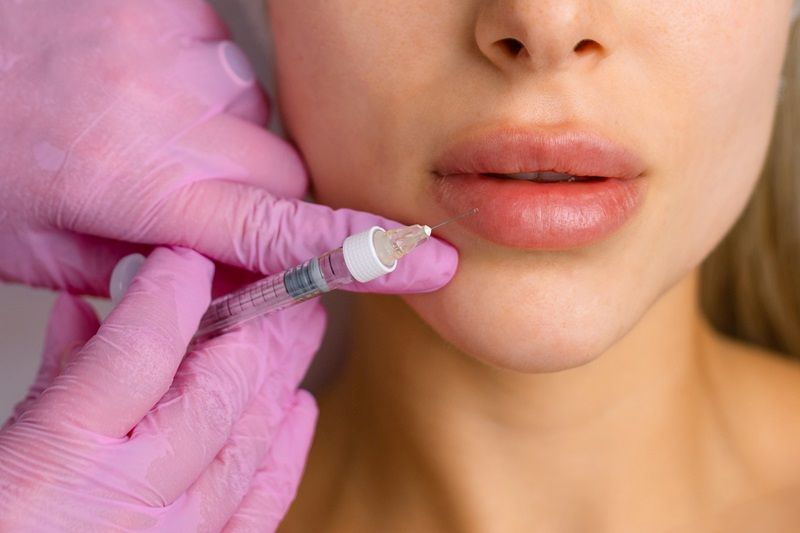Mental Health News: Exposure to traffic-related air pollutants, such as nitrogen oxides and fine particulate matter, in childhood, increases the risk of poor mental health at age 18.
The new study is the cohort of 2,000 twins born in England and Wales in 1994-1995 and followed to young adulthood. They have regularly participated in physical and mental health evaluations and have shared necessary information. Researchers examined the link between air pollution exposure and changes in mental health that span all forms of disorder and psychological distress.
According to researchers, more the child’s exposure to nitrogen oxides more the signs of mental illness at the transition to adulthood, at age 18, when most symptoms of mental illness have emerged or begin to emerge.
In this study, air pollution, a neurotoxicant, was found to be a weaker risk factor for mental illness than other risk factors like family history of mental illness, but was of equal strength to other neurotoxicants such as lead known to harm mental health.
Results of the new study also validate the findings of previous studies – that showed that increase in psychiatric illnesses during “poor” air quality days in countries like China and India and other studies that – linked childhood air pollution exposure to the risk of psychotic experiences in young adulthood.
Air pollutants could be a significant contributor to the global burden of psychiatric disease. The World Health Organization (WHO) currently estimates that 9 out of 10 people worldwide are exposed to high levels of outdoor air pollutants emerging from vehicles, powerplants, and industrial processes.
To Know More, You May Refer To
Aaron Reuben, Louise Arseneault, Andrew Beddows, Sean D. Beevers, Terrie E. Moffitt, Antony Ambler, Rachel M. Latham, Joanne B. Newbury, Candice L. Odgers, Jonathan D. Schaefer, and Helen L. Fisher. Association Of Air Pollution Exposure in Childhood and Adolescence With Psychopathology at the Transition To Adulthood. JAMA Network Open, 2021 DOI: 10.1001/jamanetworkopen.2021.7508










Leave a Reply